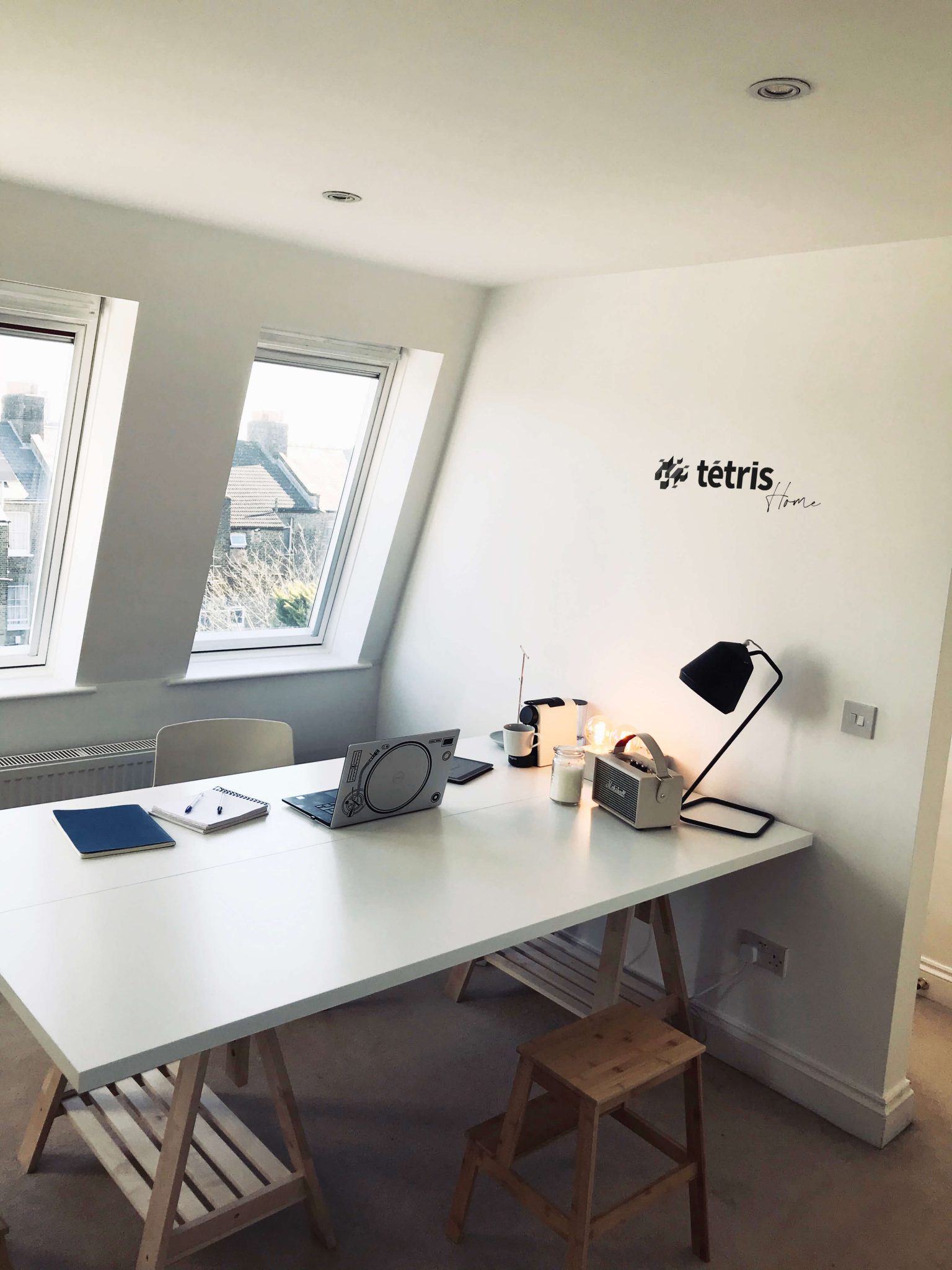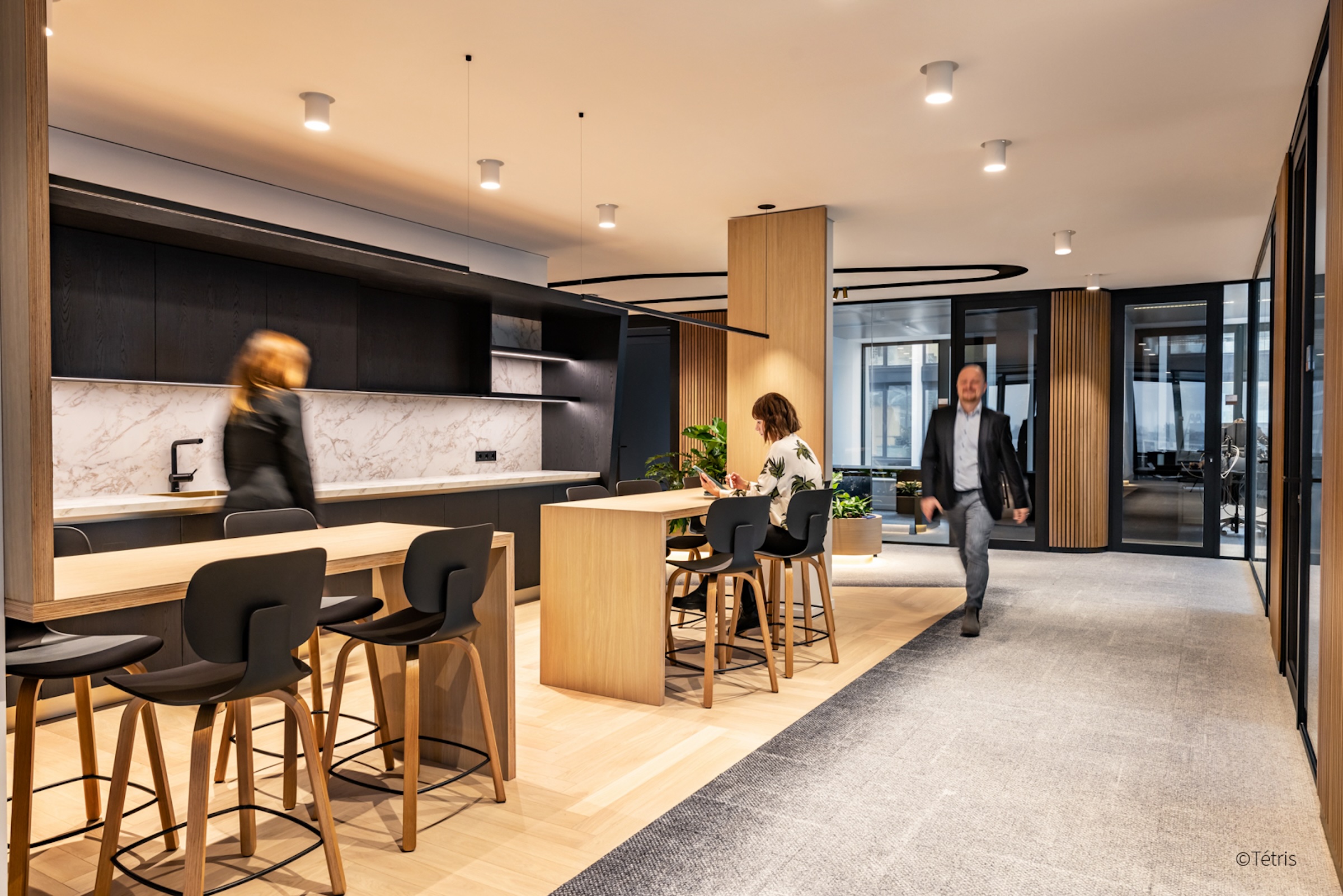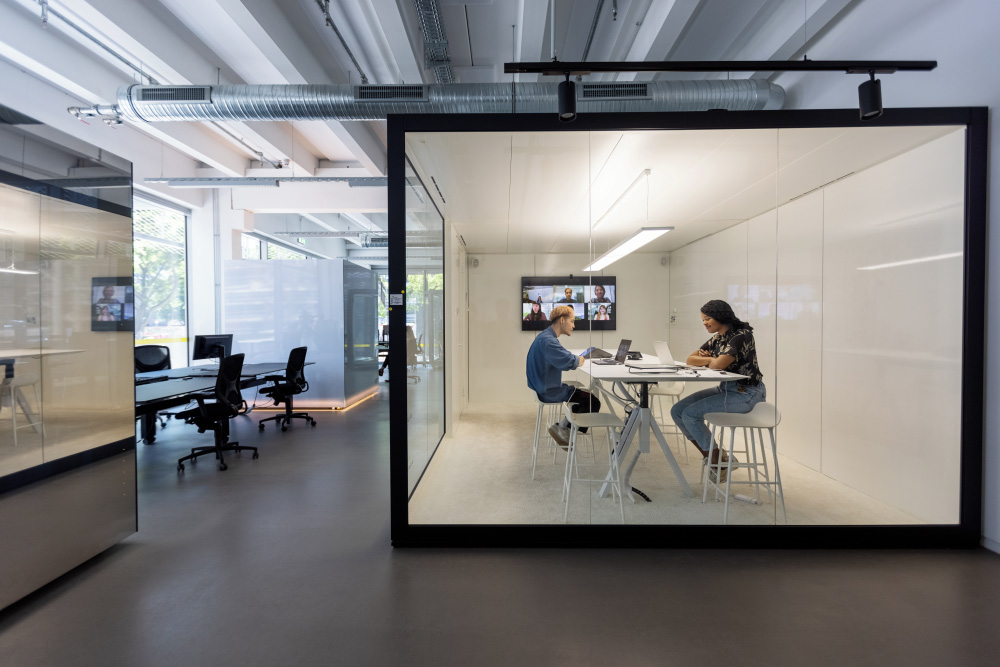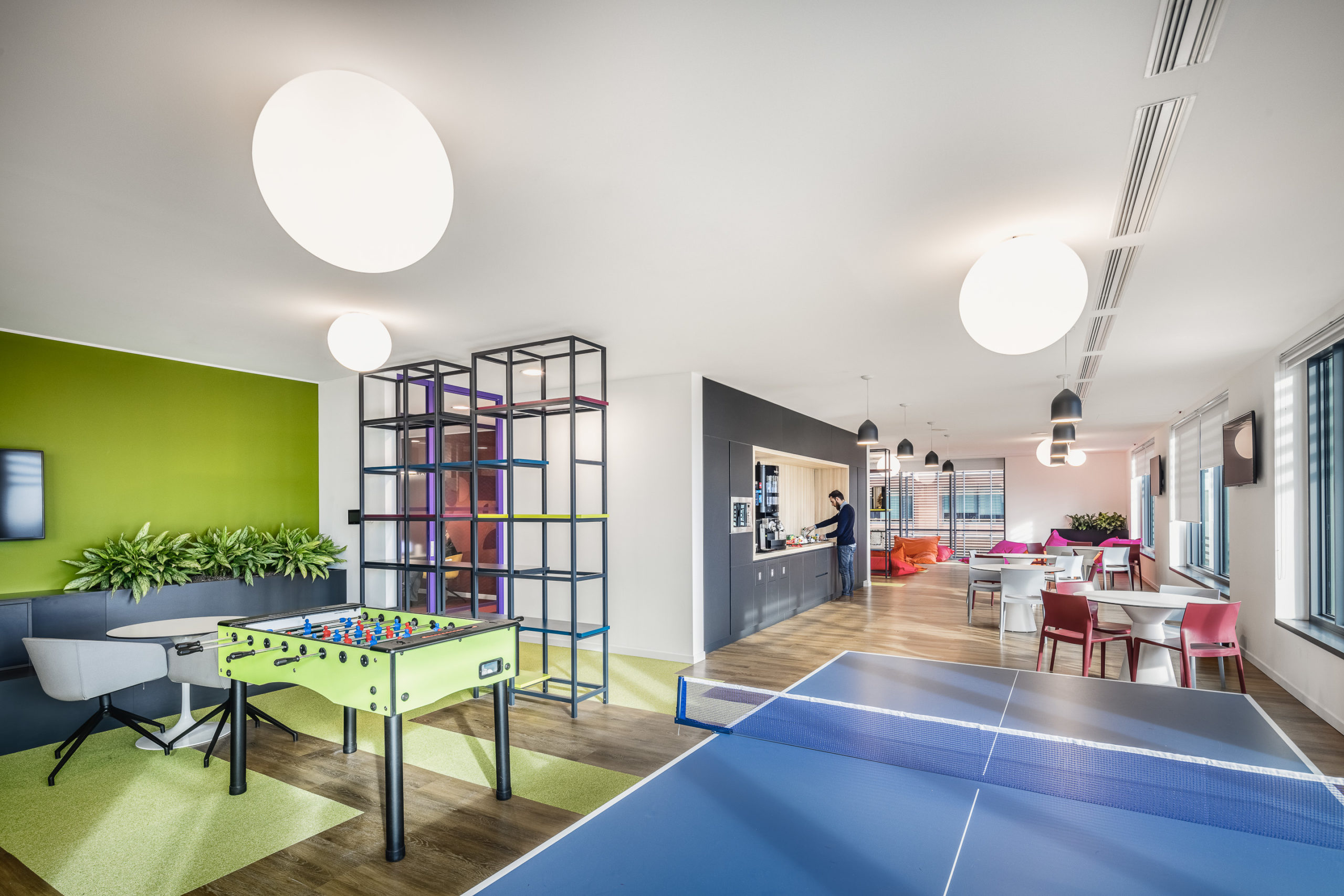Amaury Watine, Creative Director for Tétris EMEA shares his insights into how we can better recreate a working environment at home.
For many used to commuting into the office, we’ve never spent so much time working from home.
Over a month in, we’ve set up our makeshift desks and we’ve got our routines – often juggling childcare and partners on video calls – fairly well-established.
As a temporary measure, we’re largely getting by – but while some of us are counting down the days until we can return to the office, we’re not there yet. And the longer we’re working from home, the harder it can be to keep up moral and stay productive.
After all, when we go to work, we do precisely that: we step out of our homes – or places of relaxation – and literally enter the world of work. Sure, recent technological developments, not least the advent of smart phones bursting with emails, have blurred the lines between the office and home, but there’s still a fundamental distinction between our personal and professional lives. What’s more, when we arrive at the office, we step into spaces that have been finely attuned to boost productivity, enhance creativity or even foster collaboration.
So how can we better recreate this experience at home? Here’s what my 15 years as a workplace design expert have taught me:
• Think about your surroundings – No business would knowingly provide its staff with a cramped, noisy or dark office, you shouldn’t do the same at home. Create a dedicated room, or corner for those in smaller properties, that is quiet and free from distractions so you can concentrate on getting tasks done – especially if your family or housemates are also at home. Natural light is key for productivity – not to mention helping you sleep better at night – so even moving the table next to the window in a tidy, spacious bedroom is much better than trying to beaver away in a dark, stale study.
• You need decent desk space – There’s no point rearranging a room only to end up working on a cramped table. Give yourself space for your laptop, additional screens, mobile phones and whatever else you need, and ensure you have cables and plug sockets near by so you’re all set for video calls.
• Chairs matter more than you think – It’s easy to spend hours typing away at a laptop without moving as much as you would do in the office. It is essential, then, to find the right seating – be it a stool, exercise ball or high-backed chair – to support your back. What’s equally important is that we remember, occasionally, to stand up and walk around – this can do wonders for your physical and mental health.
• Add in some plants – Walk into any office nowadays and you’re likely to see lots of greenery. Plants can also be a great addition to any home work area, helping to boost your mood, relieve stress and improve air quality.
• Designate different spaces for different tasks – In the office, few people spend the whole day sat at the same desk. Instead, you’re moving between meeting rooms, breakout areas and the kitchen. It helps to replicate this daily diversity at home and inject the same sense of energy into your day. Perhaps try hosting conference calls from an armchair or catch-up with a colleague from your garden or balcony. This change of scenery can really help break up the work day and ensure you remain sharp, engaged and, most importantly, manage your workload.
The last couple of months have been the biggest work from home experiment ever – and on the whole, we’ve adapted successfully. But now the novelty of remote working has worn off, small tweaks to finetune our makeshift workplaces can help us stay physically and mentally healthy until we get back to the office.



